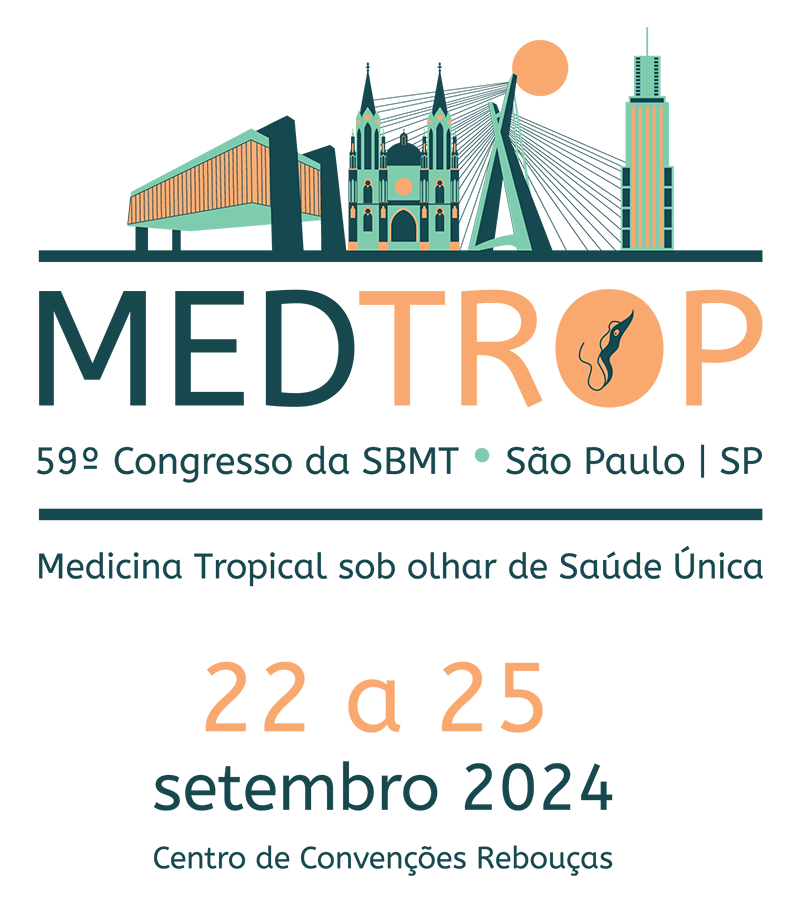Dados do Trabalho
Título
Beyond the MEP Pathway: A novel kinase required for prenol utilization by malaria parasites
Introdução
A proposed treatment for malaria is a combination of fosmidomycin and clindamycin. Both compounds inhibit the methylerythritol 4-phosphate (MEP) pathway, the parasitic source of farnesyl and geranylgeranyl pyrophosphate (FPP and GGPP, respectively). Both FPP and GGPP are crucial for the biosynthesis of several essential metabolites such as ubiquinone and dolichol, as well as for protein prenylation. Dietary prenols, such as farnesol (FOH) and geranylgeraniol (GGOH), can rescue parasites from MEP inhibitors, suggesting the existence of a missing pathway for prenol salvage via phosphorylation.
Objetivo (s)
To investigate the role and importance of a salvage pathway for prenols (specifically farnesol and geranylgeraniol) in malaria parasites, particularly when their primary pathway for isoprenoid biosynthesis, the methylerythritol 4-phosphate (MEP) pathway, is inhibited by drugs like fosmidomycin. The study aims to understand how malaria parasites can potentially use dietary prenols to bypass the inhibition of the MEP pathway. By identifying and characterizing a new enzyme, a transmembrane prenol kinase (PolK) in the Plasmodium falciparum genome, the research evaluates its role in the phosphorylation and subsequent utilization of these prenols.
Material e Métodos
In this study, we identified a gene in the genome of P. falciparum, encoding a transmembrane prenol kinase (PolK) involved in the salvage of FOH and GGOH. The enzyme was expressed in Saccharomyces cerevisiae. Additionally, knockout parasites were created (Δ-PolK).
Resultados e Conclusão
In this study, we identified a gene in the genome of P. falciparum, encoding a transmembrane prenol kinase (PolK) involved in the salvage of FOH and GGOH. The enzyme was expressed in Saccharomyces cerevisiae, and its FOH/GGOH kinase activities were experimentally validated. Furthermore, conditional knockout parasites (Δ-PolK) were created to investigate the biological importance of the FOH/GGOH salvage pathway. Δ-PolK parasites were viable but displayed increased susceptibility to fosmidomycin. Their sensitivity to MEP inhibitors could not be rescued by adding prenols. Additionally, Δ-PolK parasites lost their capability to utilize prenols for protein prenylation. Experiments using culture medium supplemented with whole/delipidated human plasma in transgenic parasites revealed that human plasma has components that can diminish the effectiveness of fosmidomycin. Mass spectrometry tests indicated that both bovine supplements used in culture and human plasma contain GGOH.
Palavras Chave
geranylgeraniol; farnesol; fosmidomycin; Plasmodium falciparum; kinase
Área
Eixo 06 | 3.Protozooses humanas e veterinárias - Malária
Prêmio Jovem Pesquisador
4.Não desejo concorrer
Autores
Ignasi Bofill Verdaguer, Ignasi Bofill Verdaguer, Maurício Mazzine Filho, Matheus Felipe Santos , Alejandro Miguel Katzin, Marcell Crispim Crispim, Marcell Crispim Crispim

 Português
Português English
English